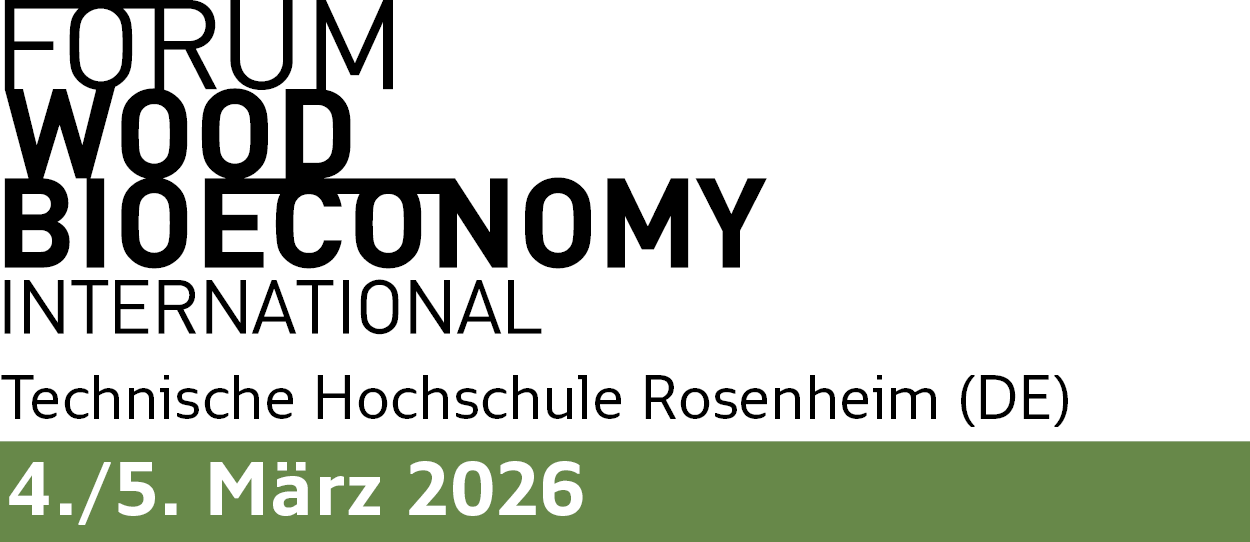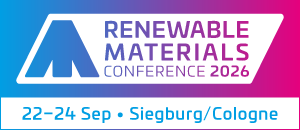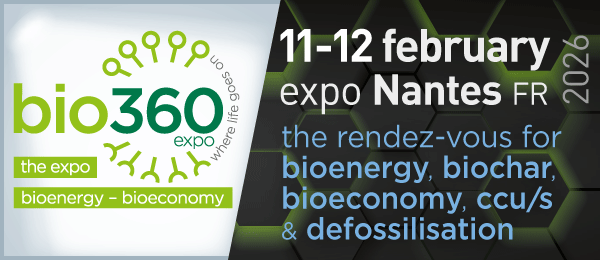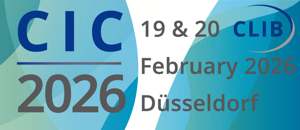Deutsche Verison: https://renewable-carbon.eu/news/mikro-plastik-vom-werkstoff-der-unbegrenzten-moeglichkeiten-zum-umweltgefaehrdenden-schadstoff
The international conference and exhibition on “Microplastic in the Environment”, organised by nova-Institute on 23–24 November 2015 in Cologne, Germany, attracted 170 participants from 20 countries. The delegates received first-hand information on the sources and impacts of microplastics in the environment and discussed possible solutions – including biodegradable plastics for specific applications. Participants from various disciplines such as marine and environmental protection, plastic and recycling industries and bioeconomy met and learned from each other in lively discussions.
Sources of microplastics
Scientific studies have shown that the litter found in oceans and inland waters is dominated by plastics. Besides large items such as plastic bottles and bags, the occurrence of microplastics has also been verified in water bodies, sediments, sea ice and on the beaches of the world’s oceans. Plastic particles with a diameter smaller than 5 mm are referred to as microplastics. These can be secondary fragments created by the breaking up of larger pieces of plastic such as packaging materials, or fibres that are washed out of textiles. They can also be primary plastic particles produced in microscopic sizes. These include particles used in cosmetics (“microbeads”) and in other applications such as detergents, cleaning products and abrasives.
The global plastic production in 2014 was estimated to be 311 million tonnes – “The share of Europe’s plastic production is approximately 20%” says Dr. Ingo Sartorius from the Association of Plastic Manufacturers PlasticsEurope, “and these plastics are used for many products in packaging, construction, electronics and other markets”. Plastic products offer manifold opportunities to increase the resource efficiency. Typical examples are lightweight products in transport and thermal insulation for refrigerators or houses. The degradation of plastics was therefore described as a story from material of unlimited opportunities to contaminants in the environment by Prof. Dr. Christian Bonten (University of Stuttgart, DE). He highlighted that on the one hand our modern society would not function without plastics, but that plastic products can cause environmental problems on the other hand if they are not brought to the right end-of-life options. Although there are still many knowledge gaps, about 10 million tonnes of plastic waste are assumed to find their way into the sea worldwide every year. For the amount of plastics ending up in soil and fresh water, even such estimations are not available.
Many sources for plastic pollution have been identified. These include microplastics used in hand wash, toothpaste, detergents, cleaners and from secondary sources such as tyre abrasion, road paints or granulates on playgrounds. The estimations of annual microplastic emissions to the marine environment in Europe range between 25,000 and 60,000 tonnes for tyre dust, 25,000 and 50,000 tonnes for pellet spills, 8,000 and 52,000 tonnes for textiles, 12,000 and 30,000 tonnes for building paints, 8,000 and 18,000 tonnes for road paints, 3 and 9 tonnes for cosmetics and less than 5 tonnes for marine paint according to a study of Eunomia for the European Commission. The discussions during the conference showed that there is still a huge need for research on the quantification of sources, the entrance pathways and the fate of microplastics in the

environment. Roland Essel, head of the sustainability department of nova-Institute (DE) summarizes: “Microplastics from cosmetic products play only a minor but avoidable role in the pollution of the environment. But we can speak about a ticking time bomb bearing in mind that degradation processes will sooner or later turn the dominating sources of pollutants – larger pieces of plastic litter – into microplastics as well.”
Impacts of microplastics
Marine litter is known to have negative effects on the health of more than 600 species. More than half of these ingest or become entangled in plastic debris. The components of microplastics can be toxic or cause endocrine disruption. In addition, marine organisms that swallow plastic micro particles may potentially ingest higher doses of persistent organic pollutants sticking to the surface of these microplastics. This poses the risk of toxic substances accumulating in the food web and harming a variety of animal species and also human beings. That is why Prof. Richard Thompson from the University of Plymouth (UK) stated that the challenge of this century is “to keep the benefits of plastics without harming the environment with litter”.
Solutions?
It was understood that all types of plastic waste should be collected, materially recycled or used for energy recovery and it was agreed that landfilling is not an option and neither is the disposal into the environment. Biodegradable plastics should also never be disposed into the sea – in particular because the conditions for degradation in marine environments are quite unfavourable and hard to predict.
Michael Carus, CEO of nova-Institute (DE), said: “However, there is a number of plastic applications in which products end up in the environment after usage and can not be collected, e.g. microbeads in cosmetics, toiletries that are disposed of through sewers, fishing equipment, products in agriculture and forestry. Biodegradability could therefore be an interesting option for those and only for those products.”
Some bio-based polymers already exist that are fully biodegradable under different environmental conditions, some even in the sea. Leading experts presented the status quo of standards, norms and labels for biodegradability in different environments, such as through industrial and private composting, in soil, in fresh or in salt water. Different companies presented innovative material solutions for specific applications, such as mulch films, textiles and micro beads, based on starch, cellulose fibres or the new bio-based polymer PHA. It was emphasised in the discussions that improving information, communication and avoiding green washing in this area are major tasks.
All speakers agreed that so-called “oxo-degradable” plastics are misleading the consumers and should be banned: They are no solution, but in contrast an additional source of microplastics. “Oxo-degradable” plastics are only fragmented by UV radiation into small microparticles, which are not biodegradable and stay in the environment for 400 – 500 years just like other petrochemical standard plastics.
However, much of the problem is human behaviour. And as Ramani Narayan (Michigan State University, US) put it: “The marine environment is not a disposal environment, thus products should not be designed for it. Products such as microbeads for cosmetic purposes should be designed that they biodegrade in waste water treatment plants. They should never even reach the oceans.”
Proceedings of the conference Microplastic in the Environment – Sources, Impacts & Solutions” containing all presentations are now available at: http://bio-based.eu/proceedings
Download press release as PDF file: 15-12-16 PR Microplastic in the Environment Results nova
Source
nova-Institut GmbH, press release, 2015-12-16.
Supplier
Michigan State University
Plastics Europe
Universität Stuttgart
University of Plymouth
Share
Renewable Carbon News – Daily Newsletter
Subscribe to our daily email newsletter – the world's leading newsletter on renewable materials and chemicals












